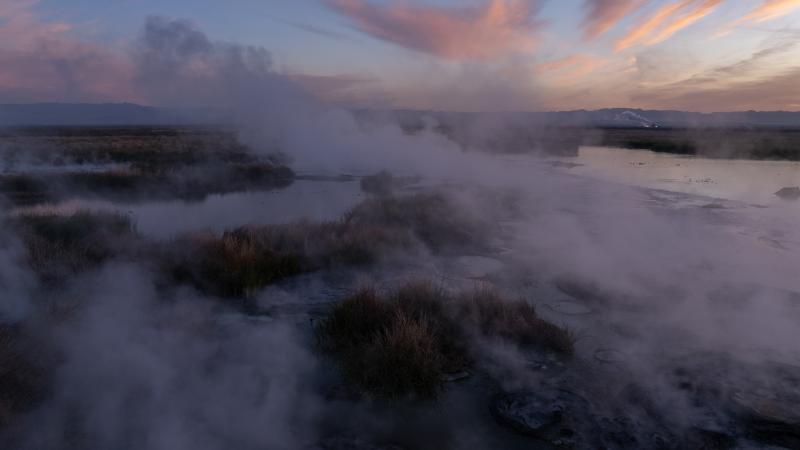Mining company says Okefenokee expansion doesn't change plans
The Georgia Environmental Protection Division drafted conditional permits for the project in February. The department does not have a timeline for when it will issue a final decision.
The expansion of the Okefenokee National Wildlife Refuge does not affect a company's plans to mine there.
Twin Pines Minerals confirmed it was still pursuing the project in an email to The Center Square.
The Georgia Environmental Protection Division drafted conditional permits for the project in February. The department does not have a timeline for when it will issue a final decision, a spokeswoman said in an email to The Center Square.
The U.S. Fish and Wildlife Service announced last week that it would expand Okefenokee's boundary by 22,000 acres.
"The minor boundary expansion enables the service to work with willing landowners to explore voluntary conservation actions, including potential acquisition or conservation easements, that would further protect the refuge’s globally significant freshwater wetland system and wildlife habitat," the agency said in a news release.
Twin Pines wants to mine for titanium and zirconium on a 582-acre tract about 2.9 miles southeast of the refuge. The company has been in a years-long permitting process with all branches of the Georgia Environmental Protection Division.
The agency held public hearings and accepted comments during a two-month period in 2024. U.S. Sen. Jon Ossoff said in a letter to the agency director Jeff Cown that he was concerned about the mine.
"Should EPD approve this mine, there is a clear and credible risk of severe and irreversible long-term damage to the Refuge,” Ossoff said. “To permit this mining operation risks irreversible damage to an irreplaceable natural resource beloved by Georgians.”
The area draws more than 400,000 visitors a year. The Okefenokee, the largest backwater swamp in the country, is at the headwaters of the St. Mary's and Suwannee rivers, which is a habitat for some endangered species, according to U.S. Fish and Wildlife Services.
The Department of Interior announced in October that the area was nominated to join the UNESCO World Heritage List. The compilation includes more than 1,200 sites around the world that are deemed to be of universal importance. Only 26 sites are located in the U.S., including the Great Smoky Mountains National Park and the Grand Canyon.
"As one of the world’s largest intact freshwater ecosystems, it’s critical to both science and conservation,” said Assistant Secretary for Fish and Wildlife and Parks Shannon Estenoz. “Being nominated for the UNESCO World Heritage List is a testament to the refuge’s global value, as a home for wildlife and a vital link to our planet’s environmental past and future.”
UNESCO is an acronym for the United Nations Educational, Scientific and Cultural Organization.
















